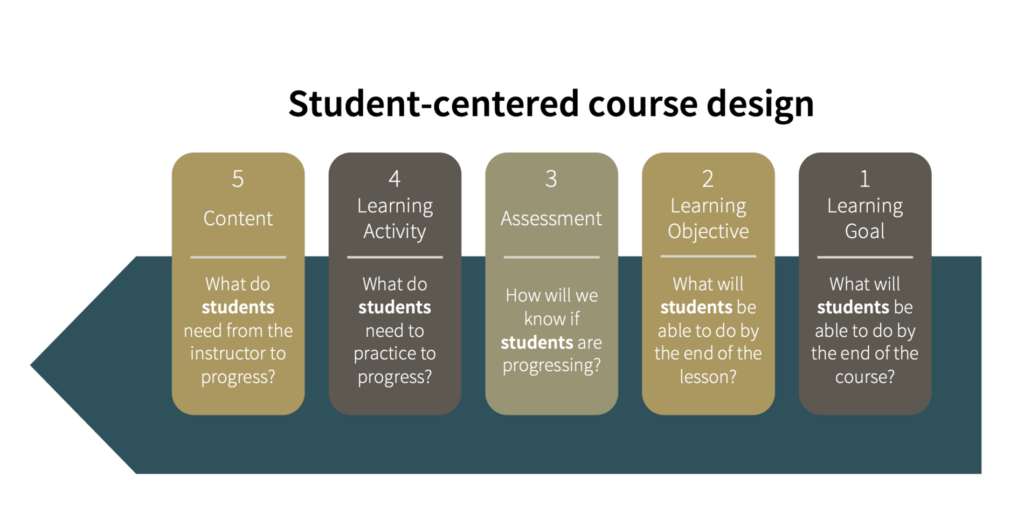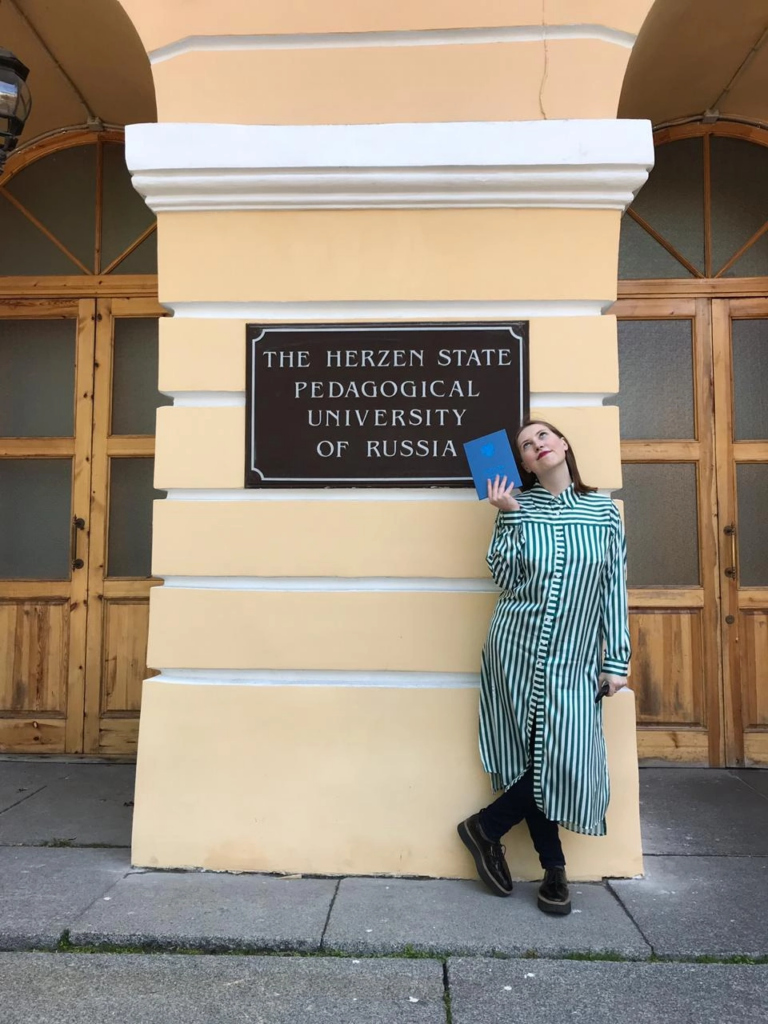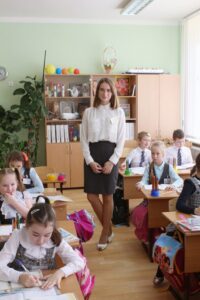When I was looking for an elective course that would help me better comprehend the educational system and current trends in teaching in British Columbia last semester, I could not have imagined how many new insights and new questions it would bring into my consideration. Valerie, the guest speakers, and my classmates shared so many opinions and ideas that were completely unfamiliar to me, especially since I have never worked in the local educational context here in Canada. Listening to their perspectives felt like opening a window into a different reality where I need to learn every single moment to fit in.
Over the past twelve weeks, diving into inquiry-based education, open learning, discussions around school funding, the lack of tools and resources, curriculum planning, and digital literacy has been truly fascinating. I found myself reflecting a lot on my skills, knowledge and expertise, not just as a student but as a future professional in the field. These conversations really expanded my understanding and gave a noticeable boost to my understanding. It also got me thinking more deeply about my own path, what kind of educator I want to become and whether I even see myself landing a teaching position here in British Columbia after I complete my final project.
Because, frankly, some of the stories and challenges my fellow classmates shared made me think if I am ready for some other challenges in my life besides bureaucracy. The topics raised in the Zoom calls made me question whether I am prepared to face things like AI-generated texts, students’ struggles with comprehension, or the many other issues that come with teaching digital literacy. It is not that I feel discouraged working as a teacher, but I do feel more aware of what this job really entails in the context of British Columbia.
About the Ed Tech and my future directives.
There are so many rapid changes happening these days in social life, education, and art. For these reasons, I assume that new technologies will take a huge role in shaping my teaching process, hobbies, and personal learning. I feel how the world is moving fast, and to keep up, I need to adapt my practices and explore new ways to teach and learn.
Currently, I am providing some recommendations to my Russian colleague regarding the methodology for her ongoing research based on VR implementation in an English language learning environment in a Russian elementary school, that I have already mentioned in one of the previous blogs. She has already received ethics approval from the Russian Department of Education and the school board where she works in. So now I wonder if the results we will get this summer will confirm the hypothesis we formulated at the beginning of the research. I am very curious to see what the gained data will show. Also, I wonder how these results will fit into the paradigm of language learning within the Russian context, will VR and AI be accepted as a potential tool in education? I am hoping to see more evidence about long-term results of VR and AI implementation to verify the advantages of its integration into a curriculum. As a language teacher worked particularly with children in preschool, elementary, and middle school, I also keep thinking whether the results from elementary and middle school will differ. That might depend on the cognitive skills of the students, their emotional regulation, self-efficacy, and how much exposure they had to the target language before. It is very fascinating for me to see how VR implementation might vary within different developmental stages.
Based on cross-cultural communication and differences in cultural backgrounds, one of my following questions is: what are the differences in how VR is used in language learning in individualist or collectivist societies? Because, honestly, VR integration seems to align mostly with independent, student-centered approaches mostly accepted in individualist countries. But most research I located are being conducted in Asian collectivist countries such as China and Indonesia.
When I think about technologies that could be used not only in my teaching, but also in my personal and creative life, I assume that tools like Midjourney and video editing AI programs are the best for cartoon creation. These tools could shift boring studentbook materials into engaging, comprehensive stories with familiar characters and new exciting plots. For example, in my tutoring sessions, my student and I could create an avatar that would accompany us through the learning process. We could go over the material, learn it together, and then, instead of doing the regular final module test, the student could write a detailed prompt using the knowledge from the module and turn it into a short story or dialogue. Then we could generate a cartoon based on that prompt making the final assignment. This approach could be a perfect way to show students what they have learned and how it can be applied in a meaningful, personal way. Additionally, it makes learning memorable and fun that is important for young learners. It also provides students a chance to gain a new set of digital and creative skills that they will master further later in life.
Another thing that makes me fascinated is how digital literacy will be taught in schools, especially now with so many new apps and tools that can deepfake your identity or being used as a scam. It is honestly a little bit scary for me. How can we teach students to protect themselves on the Internet and be critical users of new technologies if we, as educators, are not yet fully proficient in this field ourselves? There is definitely a gap between the pace of tech development and the ability of the education system to catch up, and that is something I think we will need to address more seriously in the coming years. As someone mentioned during the last class there are still the same questions in the EdTech that were raised twenty years ago.
My objectives for the near future are definitely connected to EdTech and exploring all the exciting technologies that are being offered by IT companies right now. It actually seems fun to me as I like to explore and learn by doing some app trials. This summer, I am flying over to San Francisco where I will get the opportunity to test a demo version of an AI therapy session developed by my friend’s start-up. I’m pretty excited because I will be able to talk directly with the creators, the management team, and the AI trainers about their product and how it works. Who knows, maybe the product will make it to the market and actually be ethical and useful for the public. I am especially curious to learn how the company will handle issues around personal information and consent, because these topics are becoming more important than ever with AI development. As technology continues to grow and change, I definitely plan to boost my own digital literacy skills too. It is clear to me now that I need to become more confident with different types of applications and programs, and also, understand how to keep my identity safe online. For instance, some companies already have my voice on file, since I recently did some voice modeling for an animation project. So now I am thinking more seriously about how to protect my image and voice (my avatar), as these things can be used in so many different ways, and sometimes even without my permission as I provided access to generated product of my voice.
I also wonder how AI and new high tech application regulations will change in the next couple of years. Right now, it feels like it is barely being controlled or regulated. So, I am curious whether we will start seeing educational policies that define how new application can be implemented, depending on where it is used and what kind of AI is collecting or analyzing the data. This is especially important because the data involved might be really sensitive, and most of the big AI servers are currently located in the U.S. and China, which might mean they are not fully aligned with Canadian laws.
This course got so many questions and I’m excited to keep exploring them. Thank you for such an excellent semester!
References
Albayrak, M. S., Chen, J., & Williams, P. J. (2022). Quantitative research on gamifying vocabulary acquisition and retention in virtual reality. Teaching English with Technology, 21(2), 42-57. https://doi.org/10.56297/BKAM1691/DFXC4759
Government of Canada. (2022). Artificial Intelligence and Data Act. Government of Canada. https://ised-isde.canada.ca/site/innovation-better-canada/en/artificial-intelligence-and-data-act
Rebolledo Font de la Vall, R., & González Araya, F. (2022). Exploring the benefits and challenges of AI-language learning tools. International Journal of Social Sciences and Humanities Invention, 10(1), 7569–7576. https://valleyinternational.net/index.php/theijsshi
School Education Gateway. (2023, November 27). Artificial intelligence: An asset for language learning in Europe. European Commission. https://school-education.ec.europa.eu/en/discover/news/artificial-intelligence-asset-language-learning-europe
Son J. B., Ružić, N. K., & Philpott, A. (2023). Artificial intelligence technologies and applications for language learning and teaching. International Journal of Social Sciences and Humanities Invention, 10(1), 7569–7576. https://doi.org/10.18535/ijsshi/v10i01.02
Yang, Y. C., Chen. C. H. & Jeng, M. C. (2010). Integrating video-capture virtual reality technology into a physically interactive learning environment for English learning. Computers & Education, 55(3), 1346-1356. https://doi.org/10.1016/j.compedu.2010.06.005





Recent Comments